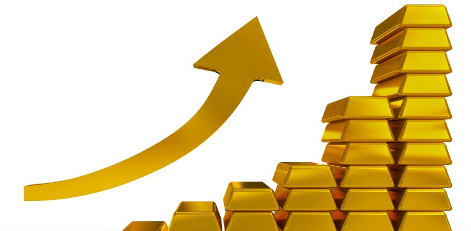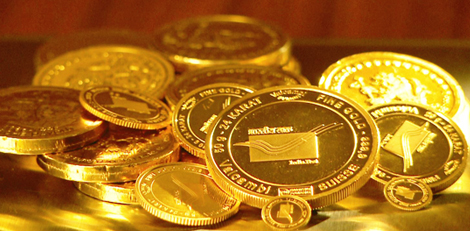Reasons for rising gold price
Posted on: 09/Sep/2019 11:03:00 AM

- Gold prices shoot up when the public is unsure about the government or financial markets.
- Generally, gold is considered to be the safest haven at times of economic or geopolitical turmoil.
- Gold price stays stable for a long time unlike the various currencies of different countries. As such, gold is held as a hedge against inflation and currency devaluation.
- Whenever investors fear that the value of the currency will decline, they tend to buy gold leading to an increase in its price.
- When the dollar weakens, gold strengthens when the central banks are going through a deficit. At this juncture, the investors buy a tangible asset like gold to protect their wealth.
- Whenever the interest rates decrease, gold rates increase as the opportunity cost to hold gold is lower when compared to other investments.
- The lending interest rates go down when there is a large money supply when the central banks encourage lending more money. However, this can trigger inflation and that in turn will increase the price of gold.
- The gold prices go up as the supply of currency increases and the gold availability is scarce whenever the central banks buy gold in great quantities as a reserve,
- In countries like China and India, there is a huge demand for jewellery. There is also a great demand for gold from industrial applications.
- One of the factors which may affect the price of gold is its production cost. Whenever the cost of production increases, the miners sell gold for more money so that they can preserve their profits. This reflects when the gold is sold in the market.
- Another important factor which affects the gold price is the economic conditions which may make gold more attractive. The demand increases thereby, leading to an increase in its pricing.
To get the latest Gold/Silver price visit : Gold rate in Chennai







